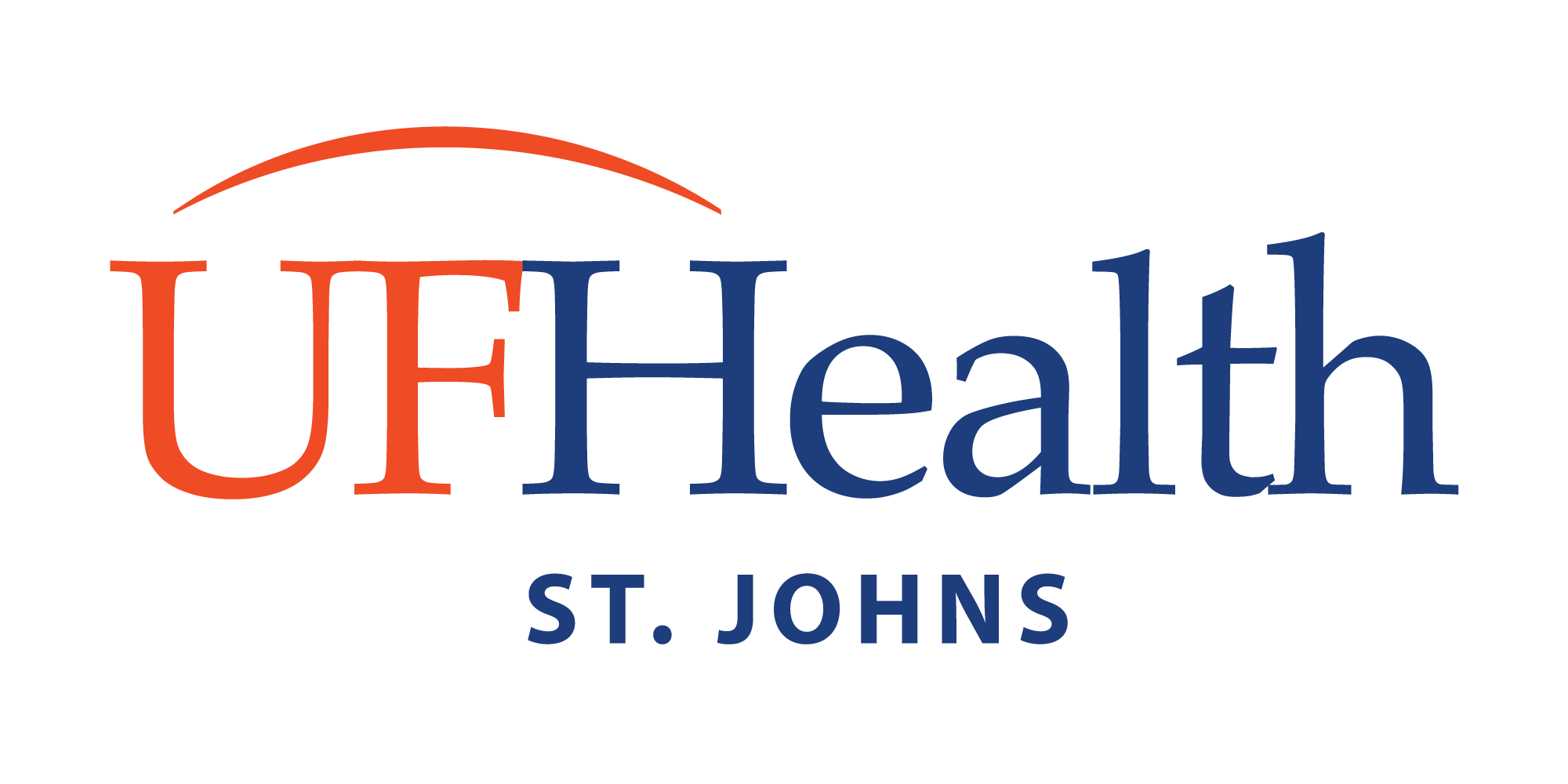
Cardiac and Vascular Surgical Interventions
When you or a family member is diagnosed with a cardiac artery and vascular disease, the cardiac team at UF Health St. Johns will work with you to develop a treatment plan so you can regain a healthy life. The following are several of our cardiac and vascular surgical interventions:
-
Aortic root surgery - Aortic root surgery is a procedure that treats an enlarged section (aneurysm) of the aorta, the large blood vessel that carries blood from the heart to the body located near where the aorta and the heart connect.
- Aortic valve repair and aortic valve replacement - Four valves are found within the heart: mitral, tricuspid, aortic and pulmonic. The aortic valve is located between the left ventricle (lower heart pumping chamber) and the aorta, the largest artery in your body. Valves maintain one-way blood blow through the heart. When a cardiologist reviews your symptoms, he or she will also conduct an echocardiogram to visualize the heart valves to determine the severity of the disease and how to treat it. This may involve minimally invasive surgery to repair the valve, or a valve replacement. The surgeon will review the results of your diagnostic tests and recommend a course of action to treat your condition.
- Carotid endarterectomy - A carotid endarterectomy removes fat and cholesterol building up that has collected inside the carotid artery. It improves blood flow and can help to prevent another stroke, if a person has already had a stroke.
- Coronary bypass surgery/Heart valve surgery - The goal of coronary bypass surgery and heart valve surgery is to restore blood flow to the heart. This is accomplished by creating a bypass, or a detour, around a blocked artery or arteries. The surgeon uses a healthy blood vessel, or graft, taken from your chest, leg or arm. The graft enables a new pathway to carry blood to your heart.
-
Mitral valve repair and mitral valve replacement - Your UF Health St. Johns affiliated cardiologist will determine if you are in need of mitral valve repair or mitral valve replacement based on a review of your condition and diagnostic tests. Surgery may be needed to correct your condition, which can cause shortness of breath, fatigue, or swelling in your abdomen, legs, and feet.
- Tricuspid valve repair and tricuspid valve replacement - Tricuspid valve repair and valve replacement is recommended when the valve is narrow and blood flow is restricted, causing the heart to pump harder in order to move blood throughout the body. Tricuspid valve repair requires open-heart surgery. The surgeon will repair and then reshape parts of the valve, depending on the condition of the valve.
- Valvuloplasty - Valvuloplasty is a procedure to open a stenotic (stiff) heart valve. During this procedure, your doctor inserts a very narrow, hollow tube, or catheter, into a blood vessel in the groin and advances it through the aorta into the heart. At the tip of the catheter is a balloon that pushes the valve open to enable blood to flow and to alleviate the stress on your heart so that your heart will not have to work as hard to pump blood.
- Impella – Ventricular assist device (VAD) - Ventricular assist devices like Impella, or VADs, treat heart failure. They are also referred to as heart pumps. VADs are mechanical pumping devices designed to help the heart pump more blood. They take the blood from the heart and pump it to the body, taking the burden off the heart.
- Video-assisted thoracoscopic surgery (VATS) - Video-assisted thoracic surgery, or VATS, is a minimally invasive thoracic surgery performed with a thoracoscope (a small videoscope). It uses small incisions and special instruments. During surgery, three small incisions are used. The thoracoscope transmits images of the operative area onto a computer monitor.
- Peripheral vascular procedures - Peripheral vascular procedures are used to open blocked arteries that are located in the neck, arms, legs and abdomen. This condition can cause strokes, leg pain, kidney problems, and high blood pressure.


